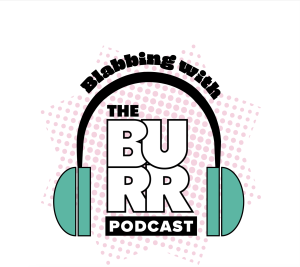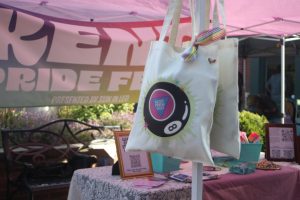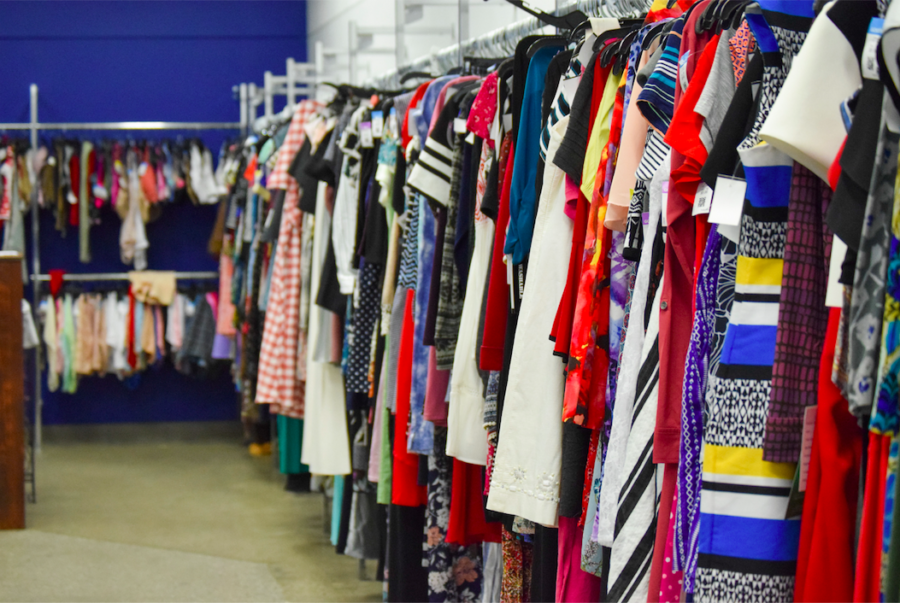Effects Of The Newfound Popularity Of Buying Second Hand On Low-Income Communities
Photos by Emma Fisher and Peiyu Liu
It all started with the rivalry of the decade: fast fashion versus slow fashion. In the past two decades, fast fashion has become a trend. It encompasses low quality clothes that are produced in bulk by machines and are known to be thrown out as soon as trends transition. Slow fashion is the polar opposite; it’s handmade, time-consuming, not produced in bulk, uses the talents of artists and is of better quality. Slow fashion is sustainable, it uses fabric that contains organic fibres or any materials that would otherwise go to waste. Fast fashion shopping is easy and affordable at times but leads to excessive consumption at an environmental cost. According to Business Insider, a type of plastic present in 60% of clothes does not disintegrate in the ocean, and it creates even more carbon emissions than cotton. Furthermore, the fashion industry is responsible for 10% of humanity’s carbon emissions and is the second largest consumer of water worldwide. According to The Good Trade, fast fashion is also related to overseas production to maximize profit, connected to inadequate protection for worker’s rights.
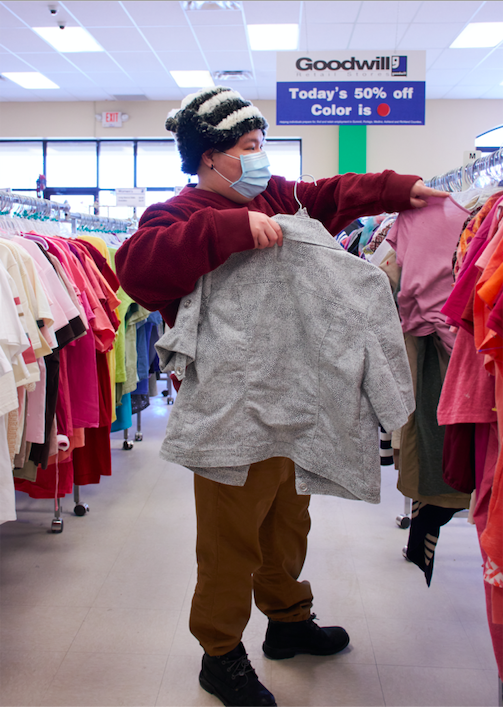
The younger generation’s awareness of environmental and social issues has led the youth to disregard the fast fashion industry to some extent, such as stores like Forever 21. Teenagers, low on money and high on trying to do the right thing, made thrifting an exclusive item. Thrift stores are unique, and vintage pieces support Gen Z’s quest for individuality. According to the Foundation for Economic Education, this way of finding accessible and affordable clothing has been on the rise for the past few years. “Thrift haul” and “thrift flip” videos are very common on YouTube, TikTok and other platforms. The internet and social media created a critical social pressure to stay trendy, which results in consumption habits. Online second-hand resale platforms, such as Depop, support the shift toward thrifting.
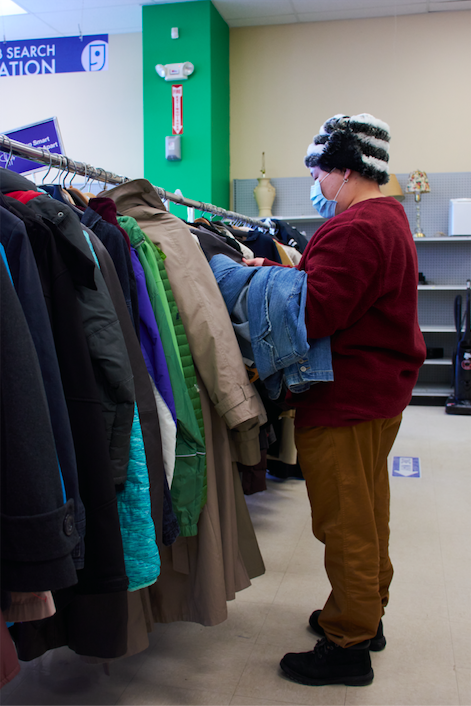
The newfound popularity of thrifting includes more wealthy consumers, according to Berkeley Economic Review. Those who could afford to get hold of sustainably produced pieces are now thrifting instead. These shoppers cause the already limited clothing options available to low-income communities that depend on thrifting to be more scarce. To add to this problem, exploiting online popularity to start a business by reselling thrift items at astronomical prices. Depop is highly known for this issue: thrifting to resell and make profit What were inexpensive items available to underprivileged and marginalized communities are now exorbitantly priced pieces on an online marketplace that has an audience of consumers that can afford pieces at higher costs. The moral issue is that this activity excludes low-income communities from products to which they would otherwise have access.
The influx of wealthy shoppers and resellers causes and contributes to thrift shops raising prices and pricing-out low-income consumers, according to Remake’s Julie Kuenneke. In addition, resellers also buy up essential clothes, such as plus-sized, winter and children’s clothes. People who need these items at affordable prices will not get them or will resort to fast fashion.
Thrifting is another facet of daily life pushing out underprivileged communities. According to Remake, this is highly problematic, as the privileged are at an advantage in these activities that are time-consuming and require flexibility to face lines or go to the thrift stores whenever new stocks arrive.
It’s important to keep in mind that overconsumption of clothing, no matter where the clothes come from, feeds the fast fashion mindset of buying what we do not need with no regard for how our purchases affect others. However, Robert D. Montgomery and Mark Mitchell argue the rise of thrifting entails an increase in donated materials preventing excess supply on landfills.
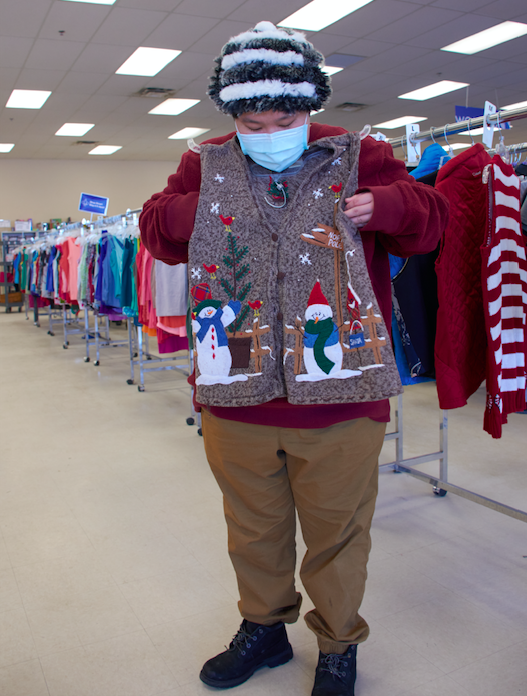
More purchases are not an issue as long as they recirculate into the thrift market. Thrift stores could actively combat class privilege by ensuring that low-income communities get the first pick on the incoming stock. If the stores are nonprofits and give back to the communities, that is more reason to support the shift toward thrifting.
According to Berkeley Economic Review, store owners and consumers must recognize their privilege when participating in the second-hand market to ensure serving communities in need alongside any strides toward eco-consciousness. To support ethical thrifting, wealthy shoppers could shop in areas where the thrift stores already serve the wealthy, not buying items to resell them at higher prices and not buying up essential items. All of these strategies can help consumers move away from the hyper-consumerism mentality and embrace a mindful approach.

